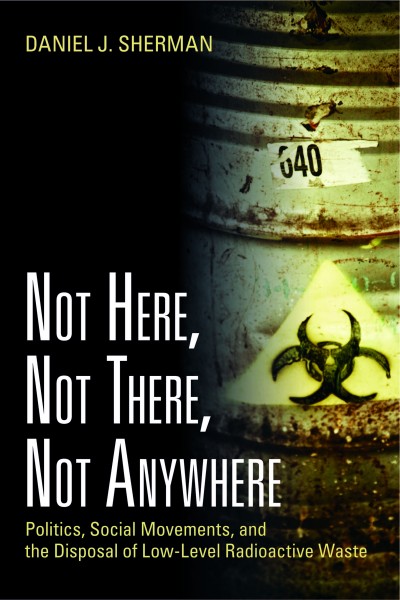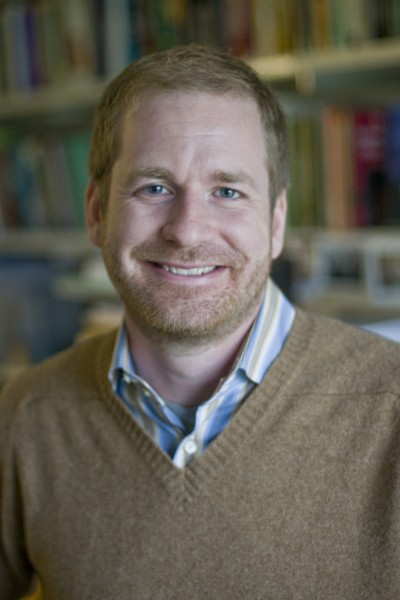TACOMA, Wash. – On Friday, July 29, the federal Blue Ribbon Commission on America’s Nuclear Future is expected to release its full draft report recommending what we should do with our country’s stockpile of nuclear waste. A lot will be riding on the commission’s words.
President Obama, politicians from both parties, activists, and the public all have something at stake. Obama is painfully aware that his pro-nuclear energy stance has been shaken by the nuclear plant radiation leak in earthquake-struck Japan. Politicians, mindful of the upcoming election, are stepping gingerly around all things nuclear. And the public and environmentalists are anxious that whatever the outcome, it is safe, effective, and take heed of their views.
During the public review process, it would be well-advised for major decision makers to read Daniel Sherman’s new book Not Here, Not There, Not Anywhere: Politics, Social Movements, and the Disposal of Low-Level Radioactive Waste (RFF Press, March 2011).
Sherman’s book is both a siren and a beacon for politicians and the voting public who face the question, “If we ramp up nuclear power—or even stop building plants right now—what do we do with the radioactive waste?” Currently licenses for 26 new American reactors have been submitted to the Nuclear Regulatory Commission. Even if not a single one is built, the administration’s rejection of Yucca Mountain, Nevada as a disposal site means our piles of waste from more than 100 U.S. nuclear plants have no permanent home.Sherman draws lessons on what to do and not to do as he analyses the powerful community backlash against nuclear power that followed the 1979 Three Mile Island accident. Governors of states that had radioactive waste disposal sites were provoked by the disaster to refuse any more shipments. The resulting shortage of waste sites spurred Congress to devolve the responsibility for creating new ones to states and regions, and to enforce its decision with sticks and carrots.
Desperate for a solution, some regional officials began targeting poorer, diverse communities where they expected little resistance. The communities, however, were far from compliant. Sherman tells the story of how neighborhoods, often led by unlikely individuals, were able to organize 1,000 events and successfully stop every single state from creating new disposal sites.
Lessons emerge from the pages of Not Here, Not There, Not Anywhere regarding the creation and enforcement of legislation, the communication of information, the seesaw of power between voters and local officials, and the setting of economic incentives.
Not Here, Not There, Not Anywhere is a political and sociological study, rich with data, human stories, and case studies. It also looks to our future: exploring a ground-breaking move in Texas that will lead to a new radioactive waste disposal site in one welcoming community— while warning of the Pandora’s box that could open up even there.
Daniel J. Sherman
Daniel J. Sherman (Ph.D., Cornell University) is the Luce-funded Professor of Environmental Policy and Decision Making at University of Puget Sound in Tacoma, Wash. He also directs the university's Sound Policy Institute, which strives to facilitate innovative policy solutions to environmental problems in the south Puget Sound region.
Photo top right: Spent nuclear fuel stored underwater at the Hanford site in Washington state. Public domain photo from U.S. Department of Energy.
Photos of the book cover can be downloaded from: www.pugetsound.edu/pressphotos
For more on the Blue Ribbon Commission on America’s Nuclear Future: http://brc.gov/
For more on the book: http://www.earthscan.co.uk/?tabid=102604
Tweet this: Not Here, Not There, Not Anywhere! Dan Sherman’s new book on justice and nuclear waste. @univpugetsound. http://bit.ly/pKFnoH
Follow us on Twitter! www.twitter.com/univpugetsound

